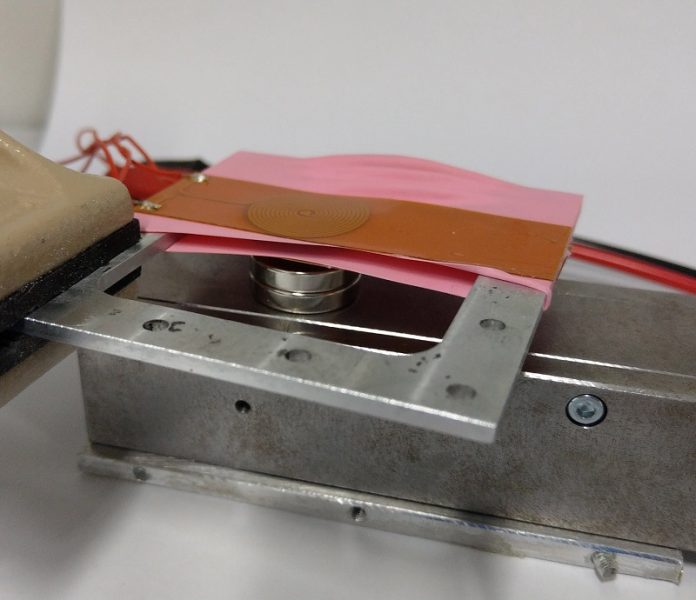
Computers, cell phones, and other electronic devices need cooling to prevent overheating.
Usually, cooling is achieved by fans that direct airflow to specific areas, but traditional radial or axial fans are often too large and noisy.
To solve this problem, the Institute of Design and Production in Precision Engineering (IKFF) at the University of Stuttgart has developed a new mini membrane fan.
This fan uses low energy and produces minimal noise while effectively cooling devices.
The mini membrane fan is very thin, with an excitation coil thickness of less than 180 micrometers.
This makes it perfect for cooling small, powerful components.
The fan can generate a high airspeed of over 2.5 meters per second, cooling effectively even from a distance. Its energy consumption is impressively low, ranging from just 25 to 75 milliwatts.
This targeted cooling is essential for compact devices with internal heat sources, like drives or power electronics.
These devices are cooled through convection and heat conduction, using the directed airflow. The fan is also ideal for cooling hotspots in hard-to-reach areas of a device.
The fan consists of a permanent magnet, two elastic membranes, and two opposing excitation coils attached to the membranes.
When an alternating current flows through the coils, the membranes move up and down, creating a forward airflow through the opening. This design produces very little noise, less than 30 decibels, which is quieter than typical fans.
The flexible design allows the coils to be directly applied to the membrane, enabling a very flat installation. If the membranes are made of magnetic foils, the fan’s service life is extended even during continuous operation.
In summary, the mini membrane fan from IKFF is an innovative solution for efficiently cooling electronic devices. It combines low energy consumption, minimal noise, and effective cooling in a compact design, making it ideal for modern electronic devices.



